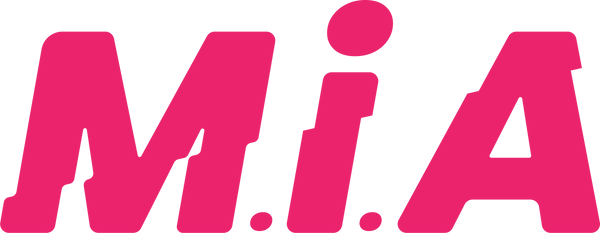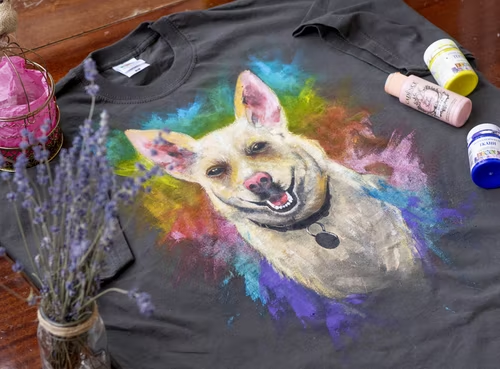10 Best Practices for Using Print on Demand
Most people know about the wonders of the print-on-demand model, but very few understand how to use it correctly. Many business owners make common mistakes that can cost them time and money.
This blog post will explore ten best practices for using print-on-demand technology to its fullest potential. We'll discuss choosing the right printer, creating high-quality artwork, and more.
Following these best practices can avoid common pitfalls and make the most of print-on-demand technology. So let's get started!
Best Practices for Using Print on Demand

1. Use a High-Resolution Image
Planning your design is critical when using print on demand. Unlike the traditional inventory model, print on demand does not require any upfront print runs.
However, because each item is printed individually, it is essential to plan your design carefully to avoid any mistakes. When creating your design, use high-resolution images and graphics to ensure the best possible quality. In addition, make sure to proofread your design carefully before ordering to avoid any typos or errors.
2. Create File In sRGb Color Mode
When creating your design file, use the sRGb color mode. This color mode is best for on-screen viewing and ensures that your colors best possible quality. In addition, be sure to save your file as sRGB to avoid any issues with compatibility.
3. Use a High DPI File
When it comes to printing, DPI (dots per inch) refers to the resolution of your image. The higher the DPI, the better the quality of your print.
We recommend designing your file at 300 DPI for the best possible results when using print-on-demand services.
4. Keep Things Simple
One of the best things about print-on-demand is that it allows you to be creative with your design. However, it is essential to keep your design simple to avoid issues during the printing process.
When creating your design, use clean lines and shapes and avoid complex graphics or images.
5. Avoid Copyright Infringement
It is critical to avoid any copyright violations when using print-on-demand services. This means using your images and graphics or royalty-free images that you have the legal right to use.
In addition, be sure to get permission from any people featured in your design before ordering.
6. Get Rid of Background Images
As a best practice, do away with background images when printing on demand. It's best to avoid them. Background images can interfere with the text in your design.
If the idea is too busy or lacks detail, it can make the text difficult to read. In addition, if the text is not correctly aligned with the image, it can look sloppy and unprofessional.
Background images can make your design challenging to print. If the image has a lot of detail or is very complex, it can take longer to print and result in a lower-quality print job.
7. Avoid Semi-Transparent Color
When using print-on-demand services, it is essential to avoid semi-transparent colors or designs. This is because these colors can sometimes be challenging to print accurately.
If you must use a semi-transparent color, we recommend using a spot color rather than a process color.
The main difference between spot color and process color is that spot color uses a single color, while process color uses a combination of colors to produce the desired effect.

Spot colors are generally used for printing logos or other graphics that require only one or two colors, while process color is used for printing photographs or other images that need a full range of colors.
Process color is sometimes called four-color printing because it uses four different colors of ink: cyan, magenta, yellow, and black (CMYK). When combined in various proportions, these inks can create any color imaginable.
8. Avoid Using Black Color on Black Products
Avoid using black on black as this can be very difficult for customers to see, resulting in a low-quality print job. Instead, opt for lighter colors or white backgrounds, which will make your product stand out and look more professional.
9. Specify the Right Product Size
This is important; you must specify the correct product size when using print-on-demand services. Many print on demand companies offer various sizes for each item. When selecting a product size, consider your file's design and the product's final use.
10. Use Bleed in Your Design
When creating your design, add a bleed to each side of your file. This will ensure that your product looks its best and avoid any white borders.
Conclusion
Printing on demand lets you get your products in front of customers without worrying about inventory or shipping. However, it is essential to remember that print on demand has its own best practices.
Following the tips above will help you avoid common pitfalls and ensure that your product looks its best.

